
Dec 5, 2025 • 10 min read
With tips on packing, etiquette and safety, here's everything you need to know before going to Abu Dhabi.

Dec 5, 2025 • 10 min read
With tips on packing, etiquette and safety, here's everything you need to know before going to Abu Dhabi.

Dec 5, 2025 • 5 min read
Though a bit more expensive to visit than its Central American neighbors, Belize still offers excellent value with plenty to see and do.

Dec 4, 2025 • 5 min read
Many of Cairo’s top attractions are inexpensive, but even nominal fees can add up. Supplement your sightseeing with these amazing free things to do.

Dec 4, 2025 • 5 min read
With warm weather, balmy waters and year-round adventures, the Dominican Republic is enticing in any season. Here are the best times to come.
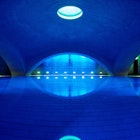
Dec 4, 2025 • 7 min read
Experience a German bathhouse with this guide to what to expect in the sauna.

Dec 4, 2025 • 6 min read
The Alps’ superstar train is the Bernina Railway, whose little red trains climb to ear-popping, windswept elevations between Switzerland and Italy.

Dec 4, 2025 • 3 min read
Blessed with fantastic weather, a unique landscape and minimal threat of hurricanes, Aruba is the perfect Caribbean island to visit any time of the year.

Dec 4, 2025 • 6 min read
Here's how to experience the best of Sicily when traveling as a family.
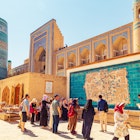
Dec 4, 2025 • 3 min read
It’s never been easier to travel to Uzbekistan, and if you need a visa, these tips will help you secure one.
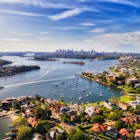
Dec 4, 2025 • 11 min read
Sydney has numerous districts to explore, each with their own distinct character. Here's our pick of the best.
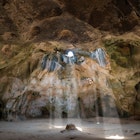
Dec 4, 2025 • 6 min read
Desert cacti, wild donkeys and natural pools await travelers on Aruba, where coastal views and historic sights make for a perfect hiking destination
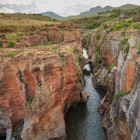
Dec 3, 2025 • 6 min read
South Africa is a diverse and wild place, with breathtaking landscapes, a beloved culture and wildlife beyond measure.

Dec 3, 2025 • 11 min read
From charming rural communities to expansive natural spaces, the best of Western Pennsylvania is yours to discover on a day trip from Pittsburgh.
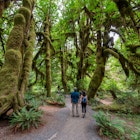
Dec 3, 2025 • 12 min read
Explore the stunning natural environment of Washington State with these top experiences.

Dec 3, 2025 • 11 min read
Key West’s charm, eccentricity and natural beauty make it a favorite of visitors. Here are a few of the top things to do on the island.

Dec 3, 2025 • 6 min read
Need a break from Havana’s urban clamor? Here are the best beaches that are just a short bus or taxi ride from Havana’s city center.
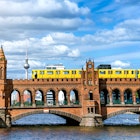
Dec 3, 2025 • 5 min read
Berlin’s bohemian attitude and fantastic roster of activities makes it a fun and stress-free destination for families.
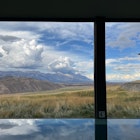
Dec 3, 2025 • 7 min read
A little bit cowboy, a little bit luxury, Jackson Hole, Wyoming is a year-round playground for travelers who traffic in both.

Dec 3, 2025 • 14 min read
It’s easy to take in many of Sydney’s most exciting highlights without spending a dime. Here’s are the best free things to do in Sydney.

Dec 3, 2025 • 6 min read
Use this guide to plan the perfect trip to Sydney no matter what time of year you're traveling.

Dec 3, 2025 • 6 min read
Sydney brims with experiences you’ll love doing with your kids. From hikes to museums to surfing, these are some of the best ones.

Dec 3, 2025 • 7 min read
From gazing down at the city from the Petronas Towers to trying local dishes at hawker stalls, here’s how to experience the best of Kuala Lumpur.